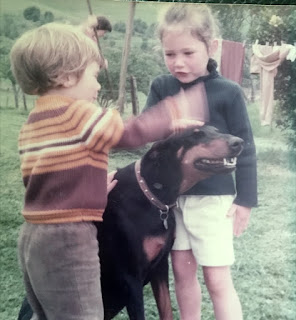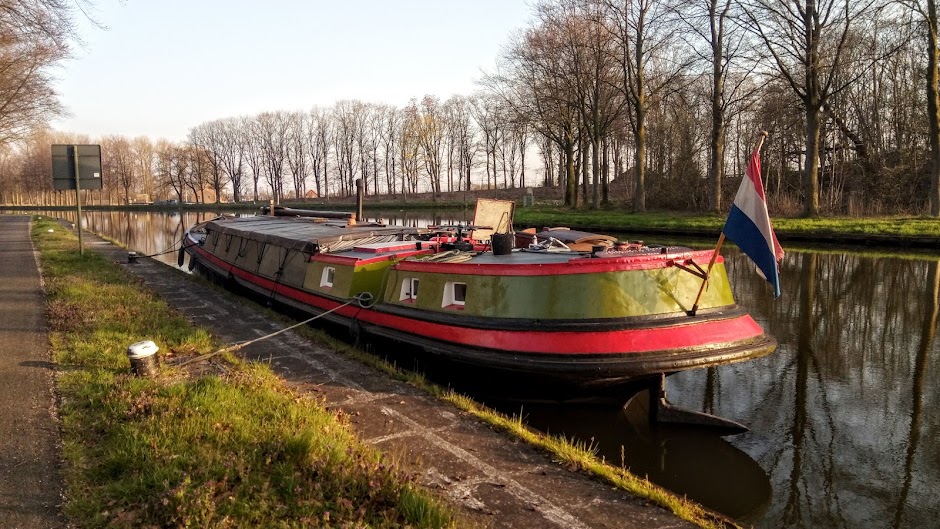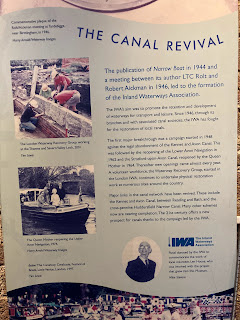 |
| My daughters on the farm in South Africa with Cindy 1 |
 |
| Credit: Arman Werth |
The photo above is not mine, but it gives an idea of what Roy looked like after he'd been for a good full-immersion wallow. It wouldn't have been so bad if he'd been black, would it? I really have no idea how we managed to get him home and cleaned up after that particular adventure, but I remember he had an amazing ability to 'wear' himself clean. This, of course, meant that he wore the mud off on other things, like the carpets, the furniture, even us.
After Roy, my mother had another golden retriever, Roy 2, but by that time we'd all grown up and moved away, either to university or to jobs elsewhere, so I don't remember how demanding he was in terms of upkeep and general skulduggery. That said, I do recall my mother saying she could knit us all jerseys from the hair she brushed off him, so he was mostly likely pretty high maintenance as well.
Then, when we went to South Africa, we had other dogs during the years we lived there. They were mostly all short haired (see first photo), so less of a nuisance when they got mucky, which was also not as often because of the generally dryer, sunnier weather. The one exception was Polly the Collie, who was high maintenance not just for her long coat but for a number of reasons, the most awkward of which was her obsession with herding. Nothing, and I mean nothing, that gathered in groups of more than two was safe. This included swans and geese. Foolish dog. Even more foolish was yours truly who plunged into a frozen lake to rescue her when she decided skating on thin ice after a pair of swans was fun. It wasn't. For her or for me.
However, it was when I got my Labrador/Dobermann cross, Sindy, that I really began to experience the meaning of having a high maintenance hound for whom I was 100% responsible.
As those of you who've read Living With My Sin know, Sindy (or Sin as she was aptly known) had issues, one of which was her somewhat bizarre relationship with cars. She totally wrecked the interior of our little Renault 5. I clearly remember the scrapyard dealer looking at the remains of our seats in amused amazement when we realised they, and the car, were completely beyond repair.
"Your dog did that?" he asked, shaking his head. "Well, you'd better take it back."
"Why?" we spluttered.
"Because there are bits she hasn't finished yet," he said, grinning.
 |
| Sindy wallowing happily. Luckily, this time it was clean |
 |
| Sindy with a mischievous bounce in her step |
Naturally, we didn't; even so she also did some severe damage to the crate we made for her in the van we bought to replace the Renault.
But when she wasn't being a one-dog-car-demolition expert or demonstrating her other anxieties in extreme ways, she could also enjoy normal doggy fun – such as charging through muddy puddles, sending filthy spray all over us. Now Sindy was largely black, so it didn't look too bad on her, but I can't say the same for our coats, jeans, faces and hands.
And now we have Zoe. Would you just look at that bundle of cuteness? High maintenance? Surely not! Well, think again. I don't think I've ever spent so much time brushing, snipping, cutting out knots, washing off mud, cleaning ears and generally keeping my little munchkin from looking a total ragamuffin. You see, she's just as fond of dashing through the mud, and being so close to the ground the mud seems equally fond of attaching itself to her. To make matters worse, she hates water, avoids any enticement to go swimming and resists being bathed with vigour. So once again, I end up wetter, dirtier and in even more of a mess than her when I manage to persuade her into the shower.
 |
| A bundle of cuteness |
And cute though she looks, she has some revolting predilictions. Every time she dips her nose into something awful (which is often), so do her ears...just saying it is enough, isn't it? Her eating habits would rival those of a Labrador, which is quite a statement, I know, but I'm often reminded of the website where I read that 'spaniels are always hungry'. What they didn't say was that spaniels will eat absolutely anything to assuage that hunger; there are no limits.



































